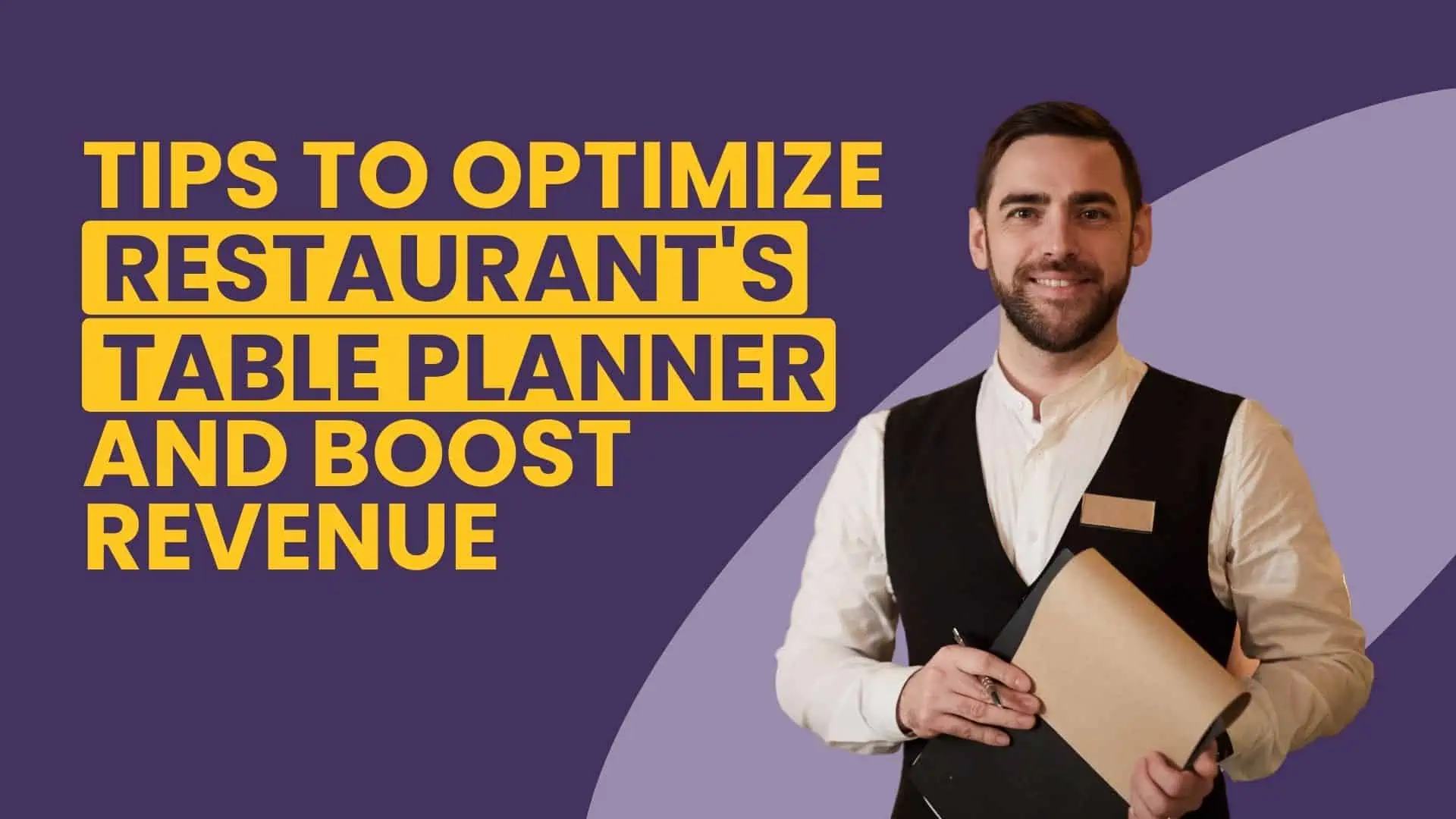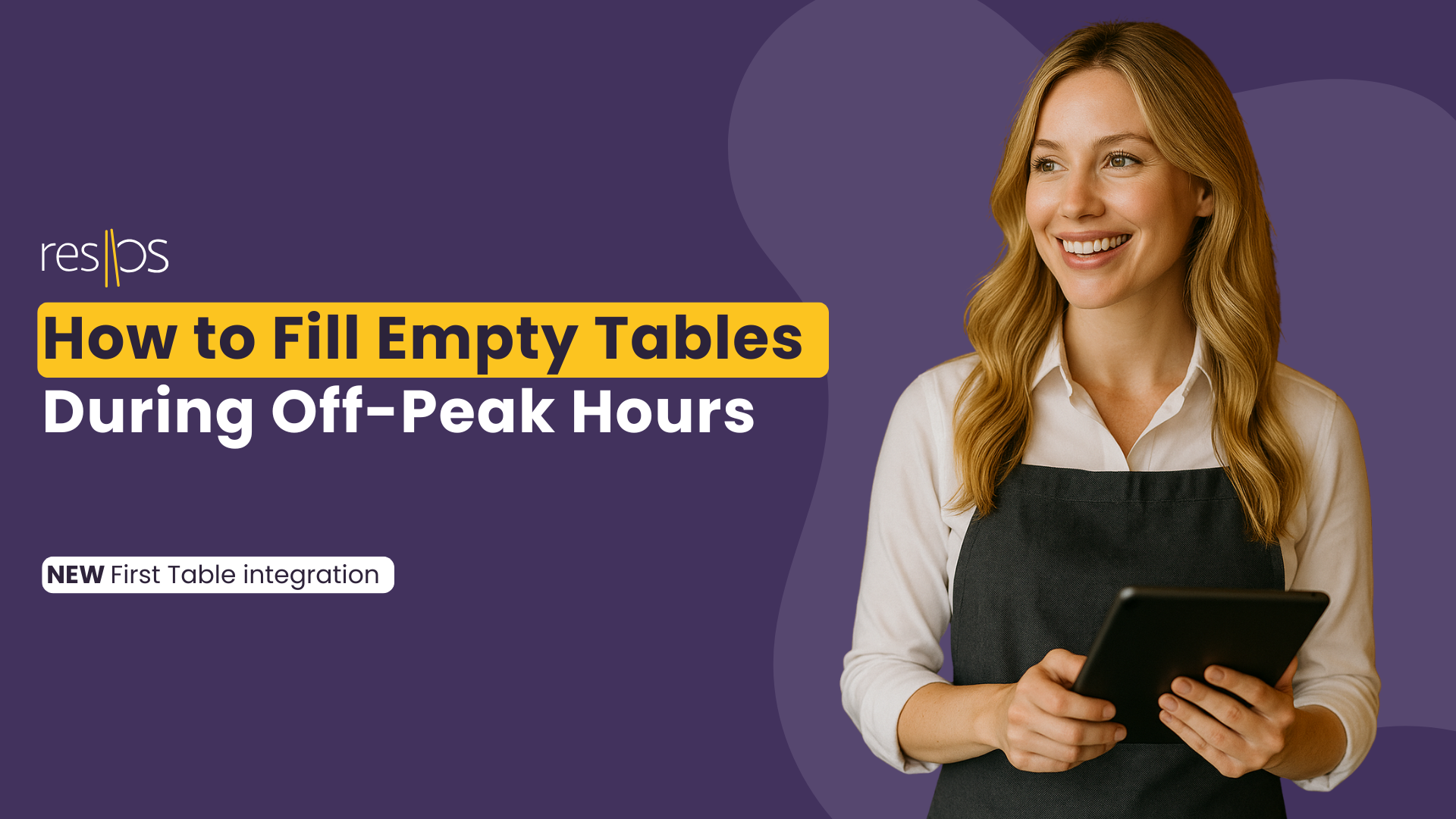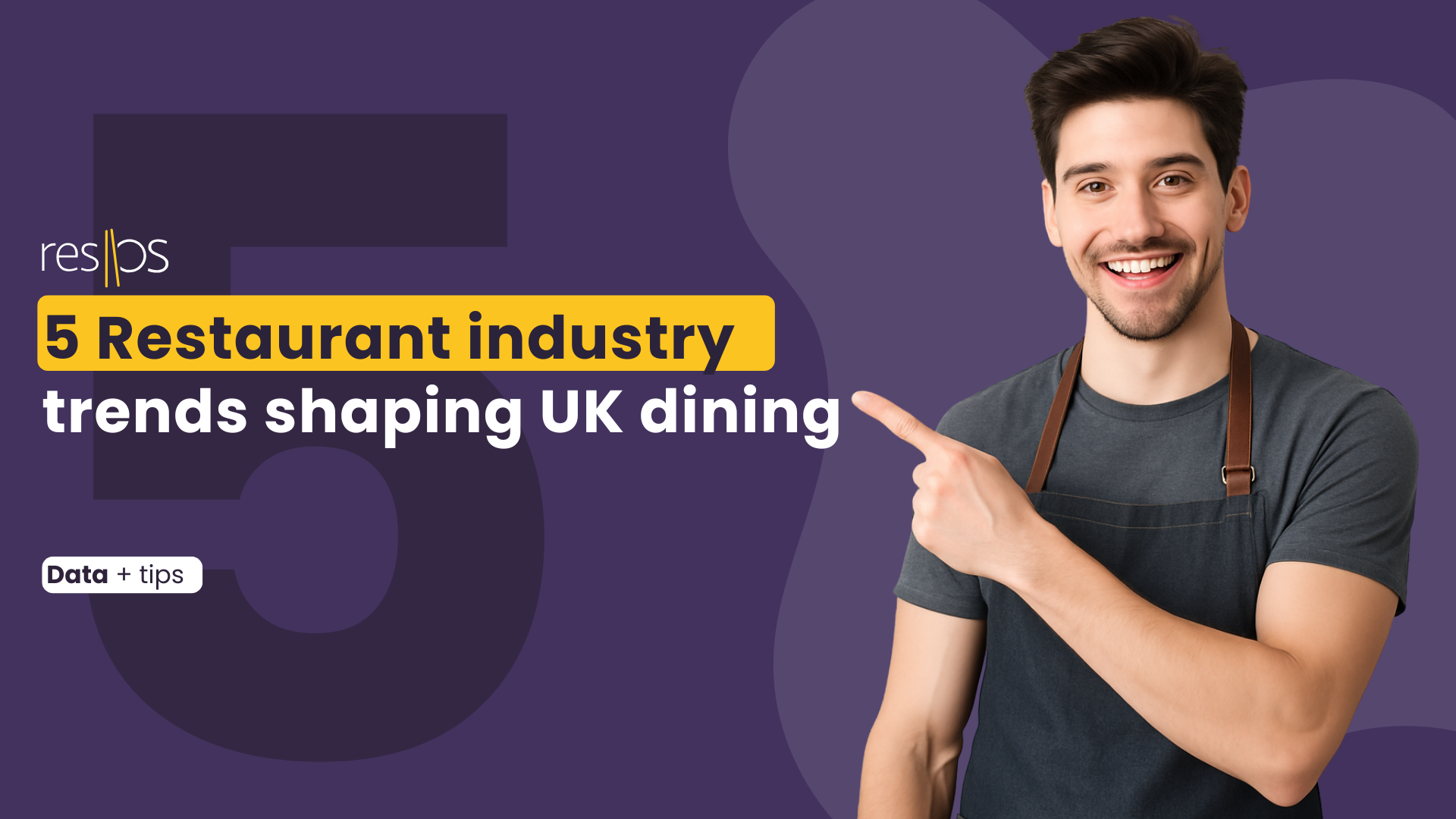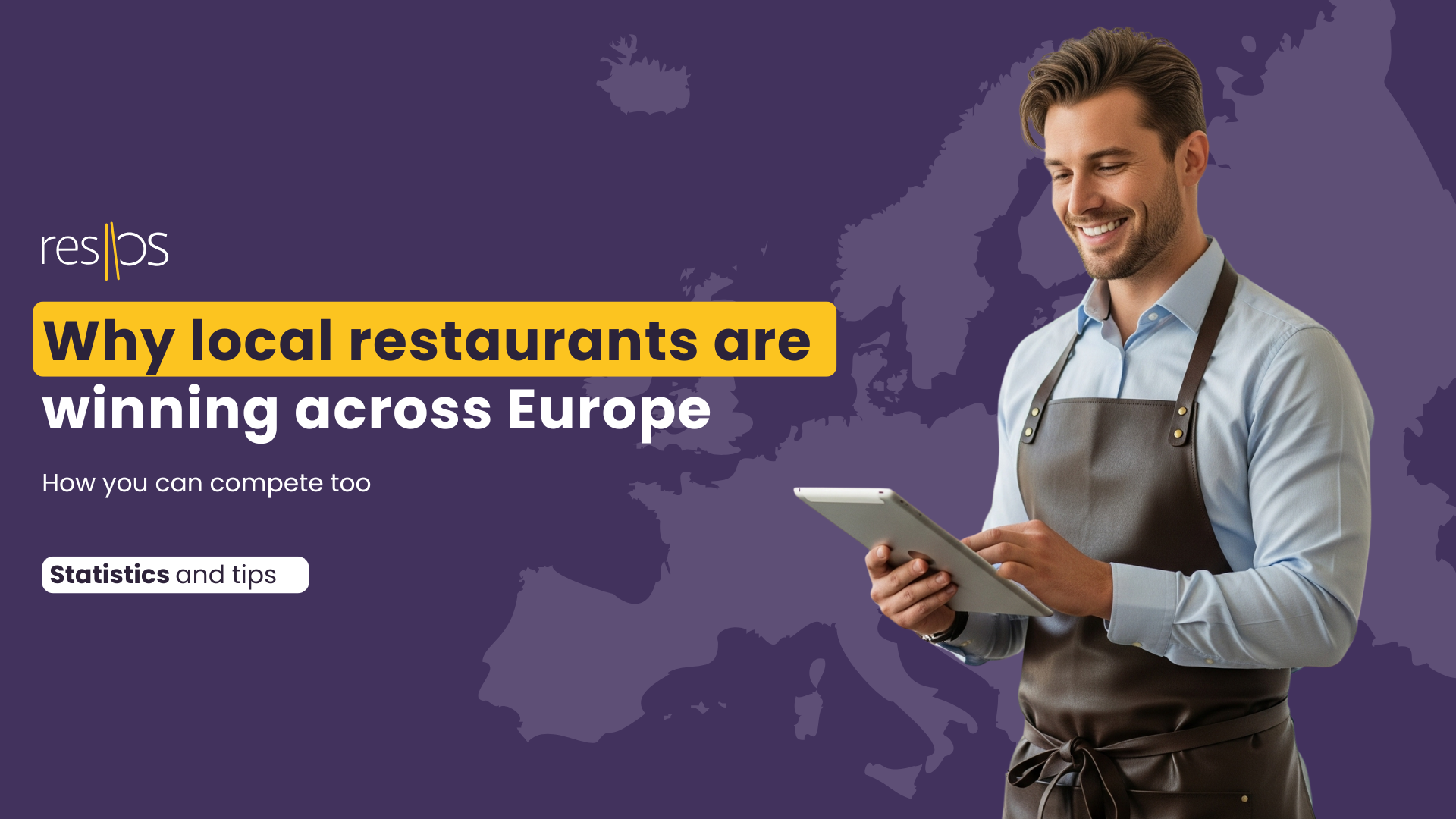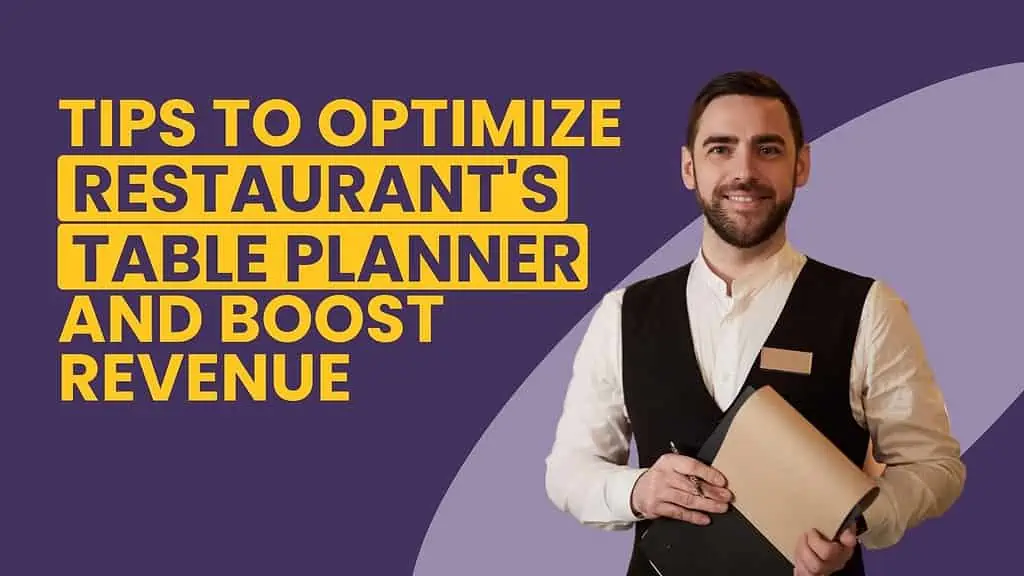
In the competitive world of restaurant and café ownership, optimizing your table planner is crucial to maximizing revenue. Whether you’re a seasoned restaurateur or just starting, there are always ways to improve your seating arrangements and ensure a steady flow of satisfied customers. In this blog post, we’ll explore ten expert tips to help you achieve just that.
1. Strategically allocate table availability:
Diversify booking times:
Think strategically about when to make your tables available. For instance, if your restaurant experiences high demand during specific hours, consider staggering your table availability. For example:
- Early tables: Have 10 tables available at 18:00
- Peak dinner time: Offer 5 tables at 18:30
- Late evening: Keep 5 tables available at 19:00
- Extended hours: Provide 10 tables at 19:30
By offering this range of options, you encourage guests to book at slightly different times, which can extend the time your restaurant remains full.
2. Leverage an efficient booking system:
Customize booking durations:
Invest in a robust booking system and tailor booking durations to match peak hours.
For example, during your busiest time from 18:30 to 19:30:
- Set booking durations to 1.5 to 2 hours.
Limit larger tables:
Prevent the system from accepting bookings for two people at a five-person table. Set the minimum booking size to 4 to avoid making your restaurant feel empty.
3. Explore digital menus:
Implement QR code menus:
Enhance the customer experience by offering digital menus. Display QR codes on tables linked to a digital menu. This enables guests to:
- Browse the menu easily
- Place orders from their smartphones
- Customize the design of your menu
- Include quality photos and additional information
Example: A QR code menu allows customers to view your menu, including delicious images of your dishes, and place orders at their convenience.
4. Embrace online reservations:
Enable online booking:
Consider accepting online reservations, even if you usually operate without them. Online bookings:
- Reduce customer waiting times
- Build customer loyalty
- Provide valuable data for personalized marketing.
Example: Implement an online booking system on your website (🤫 psst… you can you resOS booking system for free), making it convenient for customers to reserve a table at your restaurant.
5. Optimize table arrangements:
Personalize seating plans:
Use technology to personalize your seating plan based on reservations and table sizes. For instance:
- Assign dedicated waitstaff to specific areas.
- Avoid seating two people at larger tables to save them for larger groups.
Example: A dedicated waiter for each section ensures attentive service and prevents overcrowding in one area of your restaurant. Also, with resOS, you can add as many users as needed to make sure that you are serving and giving the best experience to your guests.
6. Empower your team:
Efficient staff management:
Train your staff to handle customer interactions professionally and unite front-of-house and kitchen staff. Use scheduling software to manage employee schedules effortlessly.
Example: Implement an app like resOS to streamline communication between staff, ensuring that everyone is aware of changes by using booking date notes features, resulting in smoother operations. You can also add personal/staff notes to make sure that the restaurant is running smoothly without any miscommunication issues.
👉 Read more about the booking date notes future for better in-house communication.
7. Streamline payment processes:
Tableside payments:
Offer tableside payment options by allowing customers to scan QR codes and pay via mobile. This:
- Reduces wait times.
- Enhances customer satisfaction.
- Simplifies the payment process.
Example: Customers can conveniently pay their bills directly at the table by scanning a QR code, eliminating the need to wait for a server.
8. Prevent no-shows with smart booking:
Booking strategies
Minimize no-shows by:
- Limiting reservation slots.
- Requesting a deposit during online bookings.
- Sending reminder text messages to confirm reservations.
Example: By implementing these strategies or simply resOS booking system that has a feature that will help you with no-shows, you reduce the likelihood of no-shows and optimize table turnover.
9. Invest in advanced technology:
Technology integration:
Embrace innovative solutions’ technology to:
- Equip your staff with remote controls.
- Streamline orders and enhance overall efficiency.
Example: Some software programs empower servers to process orders faster, reducing customer waiting times and optimizing table turnover.
10. Focus on customer satisfaction:
Improve the customer experience:
Ultimately, your goal should be to provide an exceptional dining experience. Focus on factors such as:
- Menu variety
- Quality products
- Ambiance
- Personalized attention
- Active engagement on social networks
Example: By consistently delivering an outstanding dining experience, you’ll build customer loyalty, receive positive reviews, and attract new patrons.
Implement these tips and stay ahead with technology to optimize your restaurant’s table planner and increase revenue, all while ensuring your customers have a memorable dining experience. Remember, in the restaurant business, time is money for everyone involved, so use it wisely to create a winning formula for your establishment.
